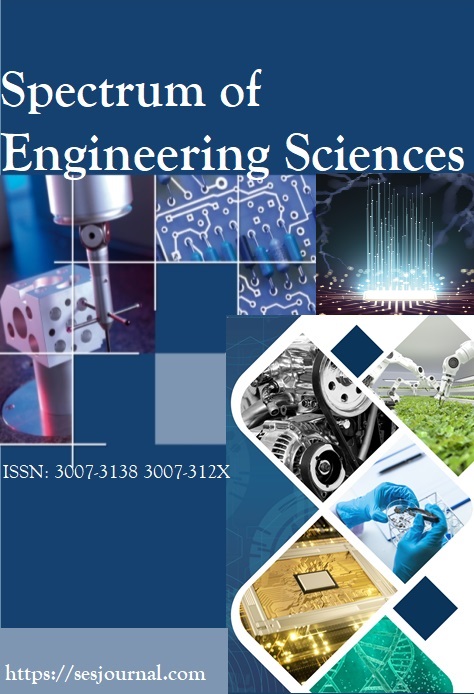SMART BLIND KIT: ARDUINO-BASED WEARABLE ASSISTIVE DEVICE FOR REAL-TIME OBSTACLE DETECTION AND MOBILITY SUPPORT
Keywords:
Smart Blind Kit, Arduino Uno, Ultrasonic Sensor, Infrared Sensor, Assistive Technology, Wearable Navigation SystemAbstract
The demand of affordable and efficient assistive technology has increased with the increasing number of the sight impaired people across the world. The current research introduces the design and construction of Smart Blind Kit, a low-cost sensor-based portable navigation aid designed in open-source hardware and a combination of low-cost parts. The system uses Arduino Uno microcontroller together with ultrasonic and infrared sensors, piezo buzzer, and RF-based locator module in order to offer real-time obstacle detection using vibration module and audio-based feedback. The modular architecture comprises sensor-on-sandal to sense the ground level obstacles and an IR-sensor band on the head to identify the hazards in the lateral and upper sides. A complete design of a hardware prototype was developed and field-tested. Experiments showed consistent performance in detecting the obstacles with a very low latency and a comfortable and easy-to-learn style of feedback. With the number of six ultrasonic sensors constructed on the shape of a headband, the ultrasonic circuit can scan a large area of field of view, whereas the sandal circuit linking numerous IR sensors and one ultrasonic sensor can offer an extended scope of space. The breadboards were used to build both circuit schematics and to validate it, which is included in the contribution. The usability, accuracy, and the power consumption of the system were checked. It was found to be useful in indoor and semi-outdoors areas where test users gave positive reviews to its use. The fact that the device consumes low power, has an ergonomics of wearable and is scalable supplements the fact that the device will be ideal to be deployed in developing countries. This project provides a scalable backdrop to the future additions of GPS navigation, smartphone interconnectivity, and voice control and is a potentially value-adding solution to facilitate safe and independent movement in visually impaired persons.
















